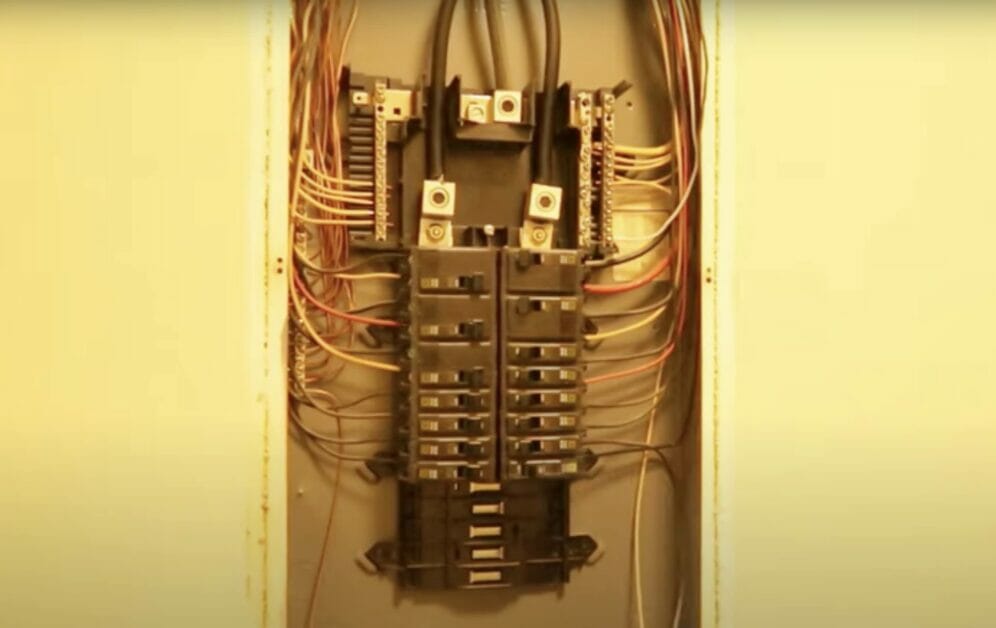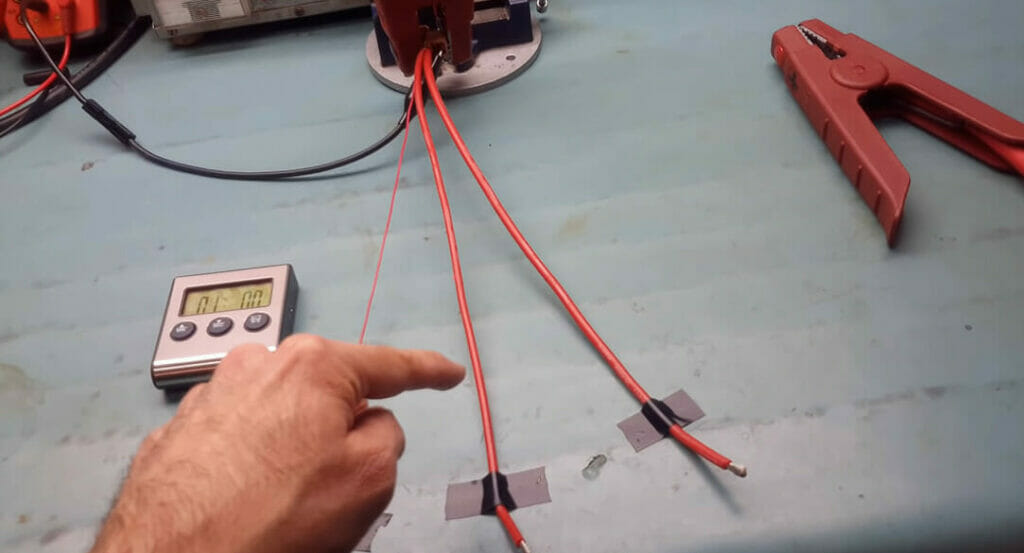What Gauge Wire for 20 Amp (Expert Advice)

Whether revamping your home’s wiring or setting up an outdoor power supply for that new hot tub, selecting the correct wire gauge for your 20 amp circuit is crucial.
For a 20 amp circuit, a 12-gauge wire is typically used. It can safely handle the current without overheating. However, factors like the length of the wire run or the continuous operation of a heavy-duty appliance might require a thicker wire for safety.
Let’s dive deeper into how to determine the right wire gauge!
Determining the Right Wire Gauge

Determining the right wire gauge for your project is like picking the right size wrench from your toolbox. It might seem complex, but it becomes second nature once you know the rules.
The primary factor is the ampacity, a fancy term for the amount of electrical current the wire can handle safely. It’s like considering how much weight a rope can hold before it breaks.
If you’re setting up a circuit for a device that uses a lot of power, such as a heavy-duty power tool or an air conditioning unit, you’ll need a wire with a higher ampacity. In other words, you’ll need a thicker wire.
For a 20 amp circuit, a 12-gauge wire is usually suitable. Imagine setting up a circuit that extends considerably – maybe you’re wiring an outdoor shed or a distant room.
The longer the electrical current travels, the more resistance it encounters, and the more heat is generated. Over a longer distance, a thinner wire might heat up too much, potentially posing a risk.
To counteract this, you might need to step down a gauge – moving to a thicker 11 or even 10-gauge wire.
Wire Gauge for 20 Amp Circuits

Let’s dive deeper into the subject – the wire gauge for 20 amp circuits. As discussed, the 12-gauge wire is typically the show’s star here. Let’s unpack the reason behind it.
First off, let’s look at the thickness. The 12-gauge wire is thick enough to handle the electrical current a 20-amp circuit throws at it without overheating.
Remember, the gauge number of a wire is inversely proportional to its diameter. That means the smaller the gauge number, the thicker the wire.
So, when dealing with a wire gauge as low as 12, you’re dealing with a wire with a decent thickness – enough to handle the power we’re discussing.
Now, it’s also about practicality and cost-effectiveness. In the world of wiring, 12-gauge wire is like that trusty pair of jeans that always fits right.
It’s commonly used in residential settings, making it widely available at home improvement stores and online.
But just like with those jeans, sometimes you need a different size. If your project involves a longer wire run – like wiring a backyard shed or running a circuit for a basement workshop – the increased distance can create more resistance and heat.
You might need a thicker wire, like a 10 gauge, to keep things safe and efficient.
And let’s not forget those unique needs. For instance, if you’re installing a heavy-duty appliance that will operate continuously, you might need to consider a lower gauge wire to ensure the wire can handle the constant load.
Remember, the goal is to match the right wire to the task. And while 12 gauge is often a safe bet for 20 amp circuits, assessing your specific needs and consulting with an expert when necessary is essential.
Because when it comes to electricity, getting things right is not just a matter of efficiency – it’s a matter of safety.
Wire Gauge and Safety Concerns
| Wire Gauge | Carrying Capacity (Amperes) | Potential Risks | Safety Measures |
|---|---|---|---|
| 12-gauge | Up to 20 Amps | Minimal at 20 Amps | Fuse or breaker at 20 Amps |
| 10-gauge | Up to 30 Amps | Low risk | Fuse or breaker at 30 Amps |
Safety Considerations when Choosing Wire Gauge
Safety should always be at the forefront when dealing with electricity, and choosing the right wire gauge is an integral part of this.
If a wire is too thin for the current it’s carrying – that is, its gauge number is too high – it can overheat under the load.
Overheating damages the wire insulation, leading to dangerous scenarios like electrical fires.
The National Electric Code (NEC) and your local codes provide a blueprint for safe wiring practices, including appropriate wire gauges for different circuits.
These standards are not arbitrarily set – they are based on extensive research and testing to ensure maximum safety and performance.
Therefore, adhering to these codes is not just about ticking regulatory boxes – it’s about maintaining a safe environment in your home or workspace.
Another guardian of electrical safety is your circuit breaker. This unsung hero sits quietly in your electrical panel, ready to act if it detects an overload or short circuit.
It does this by cutting off the power supply, preventing overheating and potential fires. However, your circuit breakers can only provide effective protection if your wiring is correctly sized.
An incorrectly chosen wire gauge can fool your breaker into thinking everything’s okay when it’s not, potentially leading to unsafe conditions.
Professional Guidance and Expert Opinions

Even with a solid understanding of wire gauges and ampacity, consulting a professional is smart when dealing with electrical projects.
We aren’t all seasoned electricians; there’s no shame in seeking expert advice.
Professionals can offer personalized insights based on your circumstances and foresee potential issues you might overlook.
They’re also up-to-date on the latest standards, regulations, and best practices and can ensure your wiring meets all these requirements.
Hiring a pro doesn’t just save potential headaches – it could save you time and money in the long run by getting things done right the first time.
It’s a bit like a cooking show: it’s one thing to watch someone expertly dice an onion on TV, but doing it yourself without tears is another story.
Regarding wiring, expert guidance goes a long way toward a safe and successful project.
References
Organizations:
- National Fire Protection Association (NFPA). http://www.nfpa.org/
- Electrical Safety Foundation International (ESFI). https://www.esfi.org/
Books:
- “Wiring Simplified: Based on the 2020 National Electrical Code” by H. P. Richter, W. Schwan, and F. P. Hartwell
Websites:
- Cerrowire. https://www.cerrowire.com/
Video References
Dan Jiles
Doctorbass
How I Do Things DIY
